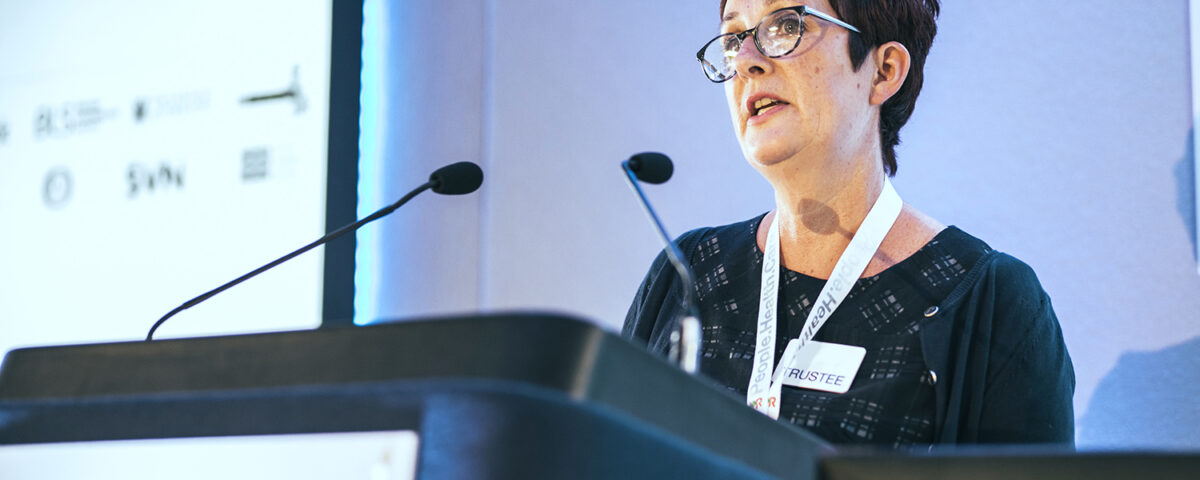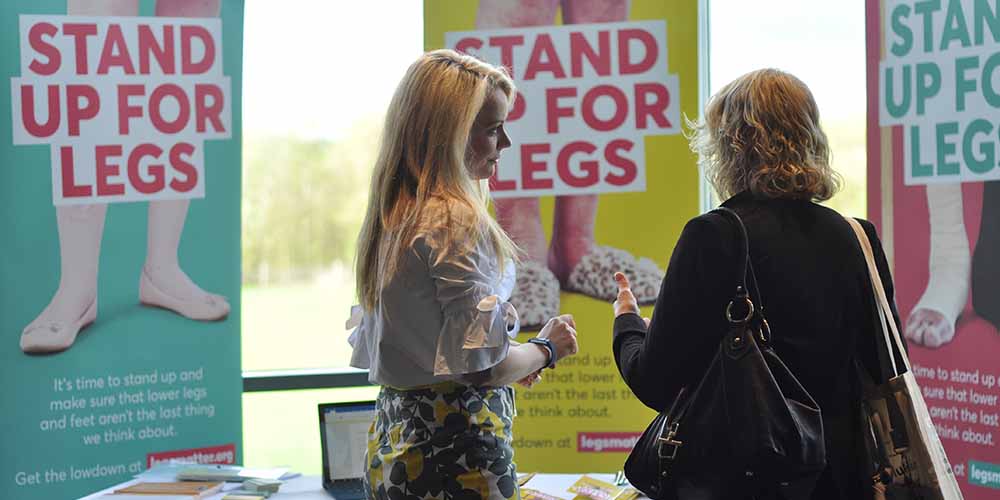The case for education
Solving skin and wound challenges starts with education

Non-healing wounds are among the biggest – and most costly – challenges that healthcare providers face
It’s a situation that won’t improve unless those caring for patients have the knowledge and skills they need to prevent skin breakdown and better manage wounds. But despite this, the quality of skin health and wound care training across the UK is inconsistent. In part, this is about skin health and wound management not being seen as a priority.
Most NHS Trusts will have some in-house skin and wound care training programmes, but while this training is encouraged, not much of it is mandatory. This is an issue that’s also reflected in university curricula. Some universities deliver post-graduate level tissue viability modules, but skin health and wound care isn’t always a priority when education funding decisions are being made and wound care training for student nurses is often minimal.
Not just a nursing challenge
This inconsistency in education is not just a nursing issue. Everyone that cares for patients – whether in allied professions such as occupational therapy or in a care setting – needs a good awareness of skin and wound care, even if it’s only knowing the risks and being able to spot abnormalities. Yet these professions are also often let down when it comes to consistent, quality education on skin health and wound care.
The care sector in particular is somewhere that education around skin health and wound management is urgently needed. Employees are often caring for patients who are at increased risk of wounds and poor healing due to age, complex health issues and disabilities. Many simply do not have the training they need to recognise or treat wounds, often due to time pressures in attending training or the high staff turnover within the sector.
Care staff working in the homes of patients are the eyes and ears of a vulnerable group of patients but often have even less access to skin health and wound care education. These carers are key to identifying and reporting potential problems but need the training to be able to do this.
What’s the answer?
We need to reduce the unwarranted variation in wound care. This starts with NHS Trusts and other care providers prioritising skin health and wound healing and writing this into their strategy. If wound care isn’t seen as a priority then clinicians are denied access to the wound care education they need.
Online learning – accelerated by the coronavirus pandemic – has helped in terms of increasing the ways in which people can access education, including webinars and industry-led Facebook live events. But there also needs to be a process for consolidating virtual learning with practical learning through supervision or mentorship.
Some services – such as mental health and learning disability services – can have quite specific challenges where core wound assessment and management principles don’t necessarily apply to that patient group. In this instance, their learning should be tailored to meet these needs.
In short, it’s about prioritising skin health and wound care when shaping curricula and planning training budgets, listening to the challenges HCPs and their patient groups face, and then creating educational programmes that meet these needs. Only then will we have the skilled and empowered multidisciplinary workforce that’s needed to solve skin and wound challenges.
The Legs Matter Campaign
We’re one of the founder organisations of this national campaign to increase awareness, understanding and action on lower leg and foot conditions.















